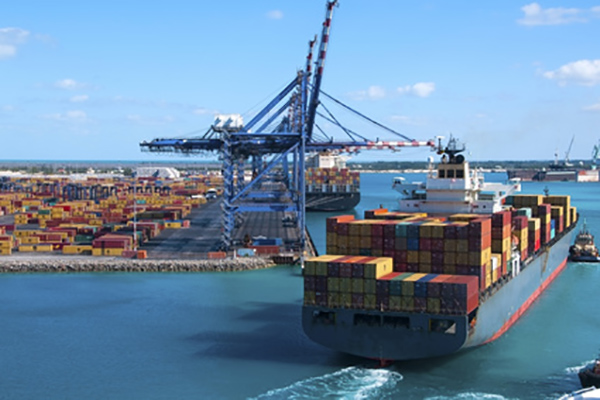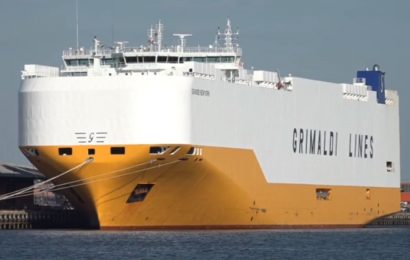

The Council of the European Union has adopted the final rules on climate-neutral shipping as proposed in the FuelEU Maritime as a key part of the EU’s Fit for 55 package.
World Maritime report that the final hurdle has been cleared putting virtually all pieces of the puzzle for regulating shipping’s climate impact into place after two years of intense negotiations.
This means that the key requirements for the climate footprint of fuels have been adopted together with the regulations for shore power in ports.
The main objective of the FuelEU maritime initiative is to increase the demand for and consistent use of renewable and low-carbon fuels and reduce greenhouse gas emissions from the shipping sector, while ensuring the smooth operation of maritime traffic and avoiding distortions in the internal market.
The new regulation contains the following main provisions:

measures to ensure that the greenhouse gas intensity of fuels used by the shipping sector will gradually decrease over time, by 2% in 2025 to as much as 80% by 2050
a special incentive regime to support the uptake of the so-called renewable fuels of non biological origin (RFNBO) with a high decarbonisation potential
an exclusion of fossil fuels from the regulation’s certification process
an obligation for passenger ships and containers to use on-shore power supply for all electricity needs while moored at the quayside in major EU ports as of 2030, with a view to mitigating air pollution in ports, which are often close to densely populated areas
a voluntary pooling mechanism, under which ships will be allowed to pool their compliance balance with one or more other ships, with the pool – as a whole – having to meet the greenhouse gas intensity limits on average
time limited exceptions for the specific treatment of the outermost regions, small islands, and areas economically highly dependent on their connectivity
revenues generated from the regulation’s implementation (‘FuelEU penalties’) should be used for projects in support of the maritime sector’s decarbonisation with an enhanced transparency mechanism
Following its formal adoption by the Council, the new regulation will be published in the EU’s official journal after the summer and will enter into force the twentieth day after this publication. The new rules will apply from 1 January 2025, apart from articles 8 and 9 which will apply from 31 August 2024.
Now, only the accompanying more detailed technical implementing acts and the directive on renewable energy remain, but the political aspect has largely been finalized and adopted.
The political agreement means that shipping will be covered by the EU’s emissions trading system (ETS) from 2024 and FuelEU Maritime from 2025, with shipping companies gradually reducing the climate impact of fuels. Additionally, there will be rules for the infrastructure of alternative fuels, including requirements for using shore power in selected larger ports.
“It can sometimes be challenging to see the final result when negotiating vast and complex EU regulations like Fit for 55. But now, it is very clear how shipping will be regulated and how shipping will contribute to EU climate neutrality by 2050. This provides shipping companies, investors, and fuel producers with something to navigate by so that we can accelerate the green transition,” says Jacob K. Clasen, Deputy Director General and Deputy CEO of Danish Shipping.
“There is political momentum in green shipping at the moment. We have just witnessed member states of the United Nations’ International Maritime Organization (IMO) reach a global climate agreement for shipping. This would not have happened without the efforts and ambitious climate package of the EU, which is now finalized. It will drive investments in green ships and motivate the accelerated production of green fuels for vessels.”World Maritime News




